20+ Sample Transportation Proposal
-

Transportation Business Proposal Template
download now -
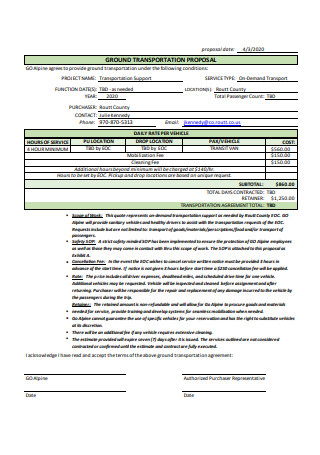
Ground Transportation Proposal
download now -
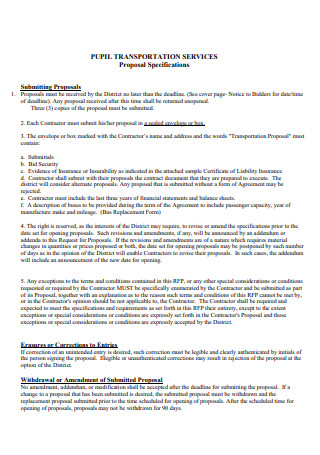
Transportation Services Proposal
download now -

Transportation Empowerment Fund Proposal
download now -

Transportation Proposal For School Year
download now -
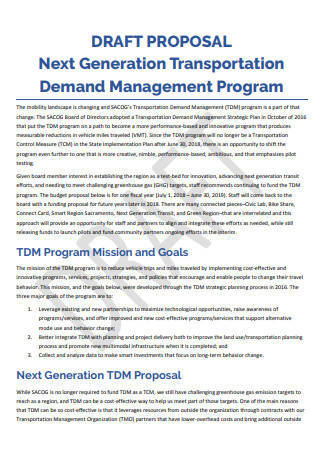
Draft Transportation Proposal
download now -
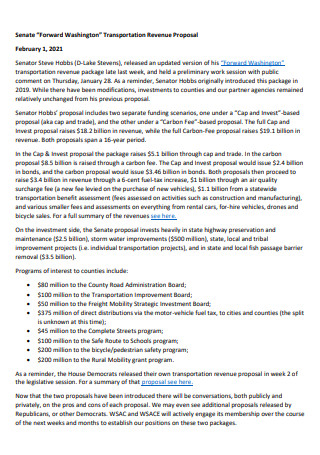
Transportation Revenue Proposal
download now -
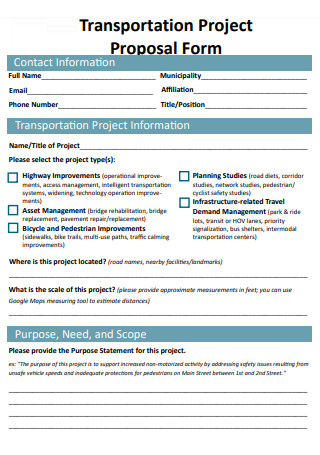
Transportation Project Proposal Form
download now -
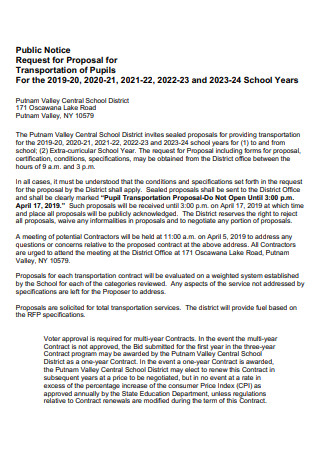
Transportation of Pupils Proposal
download now -

Student Transportation Services Proposal
download now -
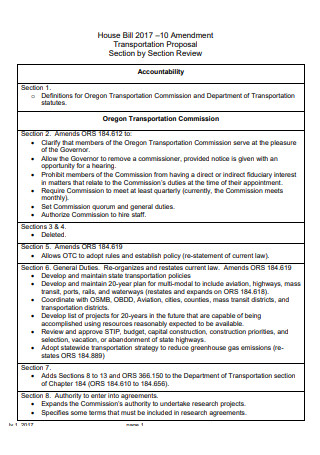
Basic Transportation Proposal
download now -
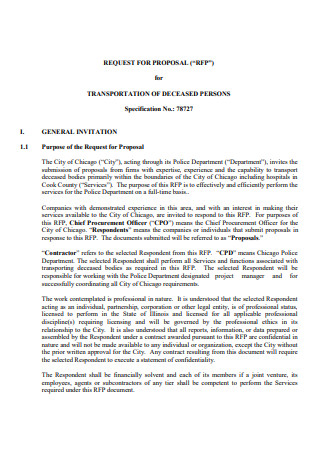
Transportation of Deceased Person Proposal
download now -
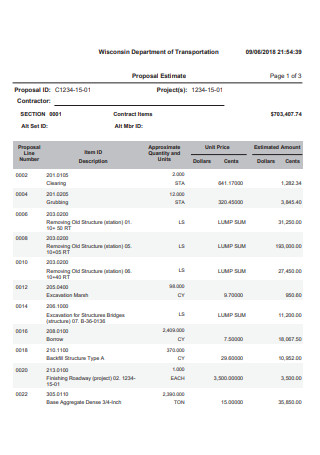
Transportation Proposal Estimate
download now -
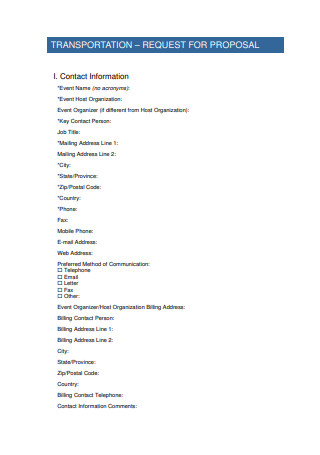
Transportation Request For Proposal
download now -
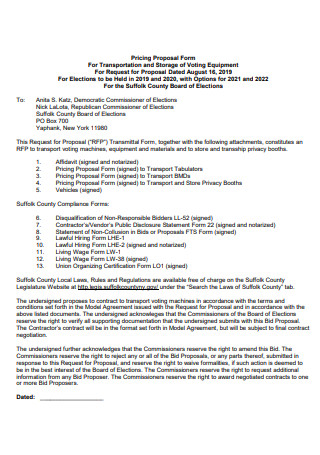
Transportation Pricing Proposal
download now -
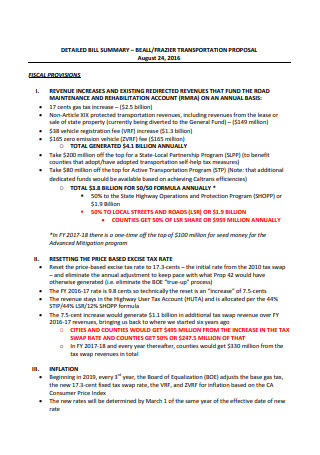
Printable Transportation Proposal
download now -
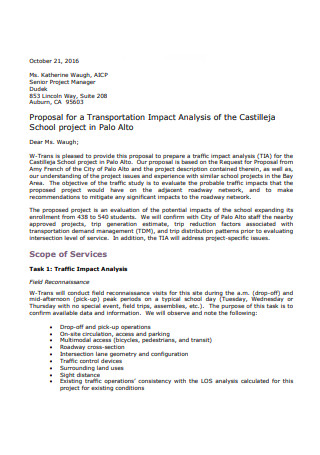
Transportation Impact Analysis Proposal
download now -

Regional Public Transportation Proposal
download now -
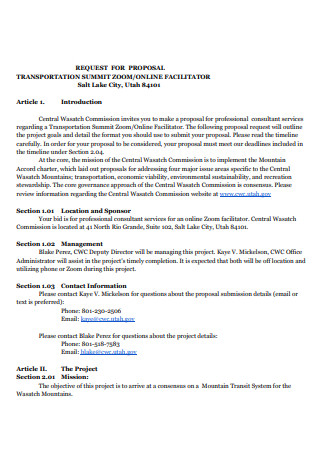
Transportation Online Facilitator Proposal
download now -
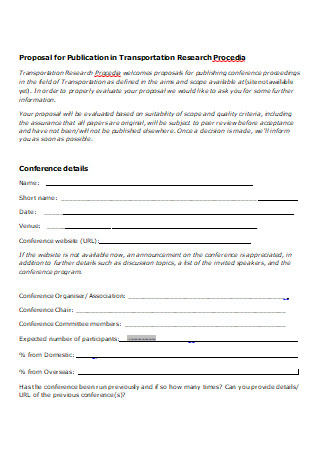
Transportation Research Proposal
download now -

International Transportation Proposal
download now
However, proposal writing should not be as daunting as you think it is. To start getting rid of this pressure little by little, download and skim through 19+ of our easily accessible Transportation Proposal templates and read more of the article to learn about how an effective proposal should be written and what to keep in mind in the process of drafting it.
What is a Transportation Proposal
Similar to a Thesis Proposal or a Project Proposal, a Transportation Proposal is any written document that is structured to introduce a new project or get an existing project to appeal to clients and investors so that they can participate in funding it. Moreover, it aims to convince potential clients and investors to move forward with the proposal and get on with the making of a contract agreement to finalize the actualization of your proposal.
Transportation proposals can include endeavors such as refining current transportation systems, offer secure and flexible solutions addressing shipments or innovate the transportation business plan by incorporating advanced technology to better its performance and to keep up with the overall aim to modernize current operations. It can function as your project plan in the sense that it takes into consideration how the project will operate and continue to do so however it should not be as detailed that it takes a large space in the proposal as, having indicated a problem within the transportation industry, you should be rather fixated on how your project can address that and how the potential investor or the final boss’ approval can remedy it.
How to Write a Transportation Proposal
For your proposal, your primary intention is to introduce your transportation project through addressing a concern that most commuters or the general public and business organization chart face in terms of transportation. You want to describe the concern as alarming or at least a problem that could harm more people and a likely probability that can harm the economy as well. In no particular order, we define the basic components that your transportation proposal must include as you present it to your prospective clients, financial institutions if you are leaning towards funding and a higher executive within the industry.
1. Cover Letter
For formality’s sake, a cover letter fronting your business proposal is simply a document that briefly introduces yourself while providing your contact information.
2. Title Page
As the name suggests, the title page bears the title of your proposal.
3. Executive Summary
The most fun begins with your executive summary as it usually would determine if the whole of your proposal is interesting enough to the reader. It is a brief summary that encapsulates what the rest of your proposal talks about. In less than a page and in an approximate limit of 250 words, your executive summary should already have provided a brief overview of your proposal that highlights what you consider as the highlights and you are convinced would warrant attention from the reader to read further into the proposal. Because of its pivotal role, it is usually written when the rest of the proposal is finished so as to better estimate which parts are necessary to include in your executive summary and which should be scrapped out for the time being. It is important then that you write your executive summary in the most convincing manner while being transparent about what your endeavor is. It also pays to be indulgent and understanding of your prospective client’s needs.
4. Proposal Description
In this section, you ought to discuss your project by firstly introducing your business as briefly as possible. You can then proceed by going in depth about the proposal and this includes defining the market needs, the company’s qualifications that should communicate why you are the preferred choice, the benefits that should be enjoyed by all the parties involved in the project and lastly, your project’s budget.
- Market Needs
Transportation system is important not only for the public commuters but also for businesses to function. In fact, the economy relies a great deal on the transportation industry for the procurement of goods and services and to transport them from one place to another and ultimately to its consumers. This entails a need for a transportation system robust and flexible that it can competently respond to an important thing that the economy thrives off of, delivering products and services without delay and in reduced costs. This is only one of the many reasons that your transportation proposal needs to primarily respond to. Other reasons could be a growing demand for transportation organizations and manufacturing companies to work together to innovate the vehicles used to emit less greenhouse gases and participate in initiatives concerning climate change. This section in your proposal should successfully define the need your proposal has to address and appeal to the investors why such a project should be in the works. While there is a separate section to go in-depth with how your proposal produces economic and social benefits, this aspect could lightly tease on that.
It is also important that as much as possible, this section is aligned with the client’s vision statement or that it is something specific to them so that they can resonate with it. An alignment in ideals means there is intention to specifically cater to the client’s requirements and gives the other party an impression that deliberate research and analysis has been done to establish a link together. This should then mean that the proposal that you intend to distribute to as many investors as possible should not be identical but unique to each other.
- Company Qualifications
An effective transportation business proposal is one that has enough credibility for clients to entrust their resources and ultimately establish a relationship with you. If your organization has been awarded or is recognized by the industry as a whole to have rendered quality services and performance plans, this makes you stand out more than your competitors placing your proposal at a greater advantage. This section can include references and customer feedback and testimonials with the promise to deliver the same services as you previously had to garner such acknowledgement. Ultimately, this section reassures clients and investors that if they were to make business with you, they know they have nothing to fear and worry about so do your best to write this section in a way that does not merely boast your credibility but rids the reader of doubt and anxiety. If you are a small transportation business that has yet to make itself known, there is a greater need to be convincing in your proposal. This can best be done through outlining the top-notch services your transportation company can provide. It is thus important that your project in the first place offers a niche that you understand and believe will make a long-lasting impact for the betterment of the transportation industry.
- Benefits
If you took the suggestion to subtly tease how your proposal can benefit the market it is intended for as you defined the needs it addresses, this section should extensively expound more on what these advantages could be. Of course, it should be safe to assume that you have identified the goals you want your project to achieve. While outlining your goals, a helpful tool to ensure that these are feasible goals is through the use of the SMART Goal criteria as it helps you set goals that are specific, measurable, attainable, relevant and time-based or in short, SMART. As it suggests, your goals should be measurable to have a clear indication of when they are met and thus proving the feasibility of your project.
In doing so, you are likely to distinguish what the possible outcomes could be and this could be in the form of a spike in revenue, business continuity plan, resolving past conflicts, efficient transport system that can improve customer feedback and the quality of your service delivery or that it can streamline economic development while ensuring that it produces less harmful gasses in the environment. However, these benefits can only be realized if at the same time, you have formulated objectives that can provide stepping stones in attaining them.
- Project Budget
This section of your proposal should not only indicate a detailed estimate of the total sum of money that should be allocated to fund your project, it also has to justify why it needs the amount of money that you stated for you to execute the whole project. This is to inform investors of where the money they are investing in that will serve as the business budget is headed and to assure them that there are no unnecessary costs in the project that will be pocketed. It is also important to note in your proposal that while you have accounted for the price lists of equipment, resources, marketing plans and the like, costs are still subjected to negotiation with a promise to flexibly allot the budget.
5. Sales Forecast
You write your transportation proposal as persuasive as possible because there is an undeniable fact that you want to gain profit from it. After all, transportation is still very much a business venture and when it comes to business, earning money is the priority. Since money is now involved, it is encouraged that your business proposal incorporates a financial plan to give the impression of the tangibility of your project and that you are well aware of the way the market works. This perspective goes both ways: investors want to be assured that as the business they are investing in gains revenue, so should they and this can be determined through a Sales Forecast that predicts an estimated revenue based on either past data or for the relatively newer business owners, on an extensive market research that studies trends. This section can outline shipping rates depending on shipments delivery or the frequency of deliveries made from your client.
6. Cash Flow Forecast
Cash flow Forecasting or cash forecasting is the process of estimating the movement of your cash and how it moves in and out of your business over a period of time. After having outlined the sales your business expects to generate on a monthly basis in your Sales Forecast, the Cash Flow statement Forecast proceeds to take into account estimated earnings from sales, employee wages, and the expenses your business will make within the usual 12 month period. This essentially enables a business organization to predict where their financial position will be in the future and thus will allow them to make better and sound decisions.
7. Market Analysis
A Market analysis is an assessment of your target market and the conditions such as regulations that govern the market in general. Having done this shows that you have dived into multiple considerations on how to provide your services or improve them for the better. Conducting a market analysis is important in the process of business planning because it allows you to engage with your customers and study how they perform and how your business’ presence will draw them in. In assessing your market, your intention for performing a market analysis should be done in order to create strategies that can best cater to the demographic trends and in dealing with an oversaturated market.
8. Competitive Analysis
A subset of market analysis is a Competitive Analysis. This part in your proposal wants you to briefly describe the competition your business is likely to face and how you can impose superiority over them or coexist with them in a way that can still generate the same revenue as you have projected. It is important that as you measure your competitors strengths and weaknesses, you must draw our strategies that can improve your business for the better or in a way that can stand a chance amidst existing competitors.
Tips in Writing a Transportation Proposal
As stated, writing a proposal is no easy task but that does not mean to say that it’s a horrible one to partake yourself in. While the quality of the experience still very much depends on how you confront the process, we will offer three tips, albeit common, that you can apply in writing your proposal.
FAQs
How Do I Write a Transportation Proposal?
In writing a transportation proposal, you just have to remember the basic components that must be present. These are your executive summary, the proposal description itself which includes everything about your proposal from the problem that your targeted market seems to be facing to and the services your business should offer to resolve it and lastly a projected budget. Other items can include a Sales Forecast and a Cash Flow Forecast.
What is the Format of a Proposal?
The general framework of a proposal that is widely observed begins with a brief overview of the problem, the solutions offered to resolve it, the amount it will take to execute these solutions and ultimately the benefits that will be reaped.
Does a Proposal Need a Title?
There’s a good reason why it is required for titles to be as attractive as possible. Because it’s a sentence at best that encapsulates your 20-paged proposal, it is important that it piques the interest of your readers and hence why it is encourage to have a title for your proposal.
At best, your proposal should spark a discourse about how transportation can respond to meeting the growing and dynamic changes in society, economy, government policies and the environment.
